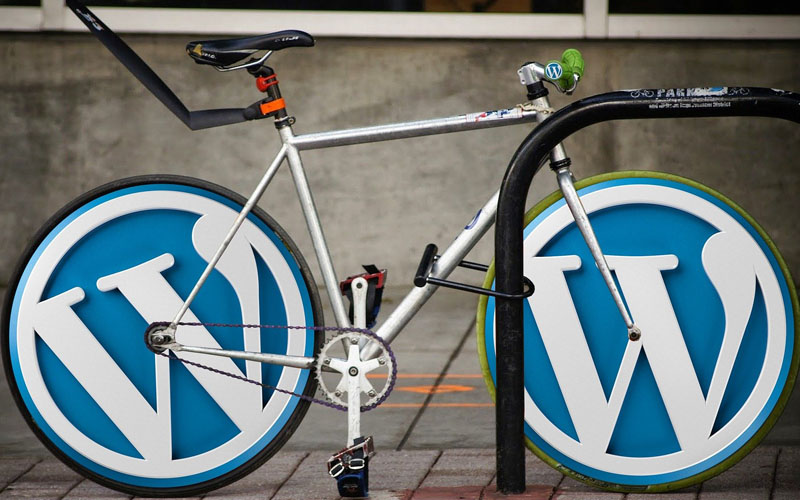WordPress is basically a free blogging platform and content management system (CMS). It is one of the very popular web creation and blog publishing applications available on the internet today.
What you are actually reading right now is a WordPress powered site.

WordPress is a very indispensable tool that you can use to market anything online. It has the capability of being able to provide anything from a simple blogging solution all the way through to a full blown content system such as an e-commerce site.
In short, you can use WordPress to create a personal blog, a professional website, or an eCommerce store without having to enter the seemingly complicated world of web programming and development.
WordPress History
Please login to view video tutorial.
Why WordPress
Uses of WordPress
WordPress can be used in a many ways. In fact today people all around the world are using WordPress as:
- Blogs
- Personal and Business Websites
- News, Magazine, Business, Portfolio and Multimedia Sites
- Membership Sites
- Landing Sales Pages
- Squeeze Pages
- Full blown E-commerce
- Simple shopping store or online store
Advantage of Using WordPress
If you’re planning to start your own blog or simply want to have your own website, then WordPress could be the perfect tool for you because of the following advantages:
- Ease of use and versatility. It is user-friendly and therefore suitable for just about anybody – from the complete beginner to the advanced programmer.
- Feature-rich interface. It has a rich text editor with advanced multimedia support.
- Expandable. WordPress’s community distributes a large number of modules for almost any popular website feature.
- It is Open Source. It is free to install and use.
- Watch video above… 🙂
Types of WordPress
There are two types or WordPress: Self-Hosted and Hosted
Self-Hosted (WordPress.org)
If you want to use self hosted WordPress you need to:
- Download WordPress software at www.wordpress.org and install on your own server or webhost. Read this post for more info about registering for a webhost.
- Have your domain name. The domain name simply refers to the url or address of your site which comes with different extensions such as .com, .org, .gov, .edu,. info, and so on. The .com extension is what is extremely popular. For example, baguiowebs.com is a domain name, yahoo.com a domain name, wordpress.org is also a domain name. You can purchase domain names at popular domain registrars such as Namecheap.com. Read this post if you want to learn how to register a domain name.
- Learn how to manage WordPress and how to install themes and plug-ins. This is very easy, by the way, since all installations are mostly point and click.
NOTE: There is a step by step guide on how to build a WordPress website from the scratch here: Build Your First WordPress Website
Hosted (WordPress.com)
These are hosted at wordpress.com. Your website address comes in a format like this: blogname.wordpress.com.
It is free to use and since it is hosted by wordpress.com you don’t need a webhost and a domain name to start with.
However, this comes with a lot of disadvantages and limitations. It has restrictions in many ways such as you are not allowed to place ads on your own blog. You also have very limited access to premium plug-ins, themes and widgets.
